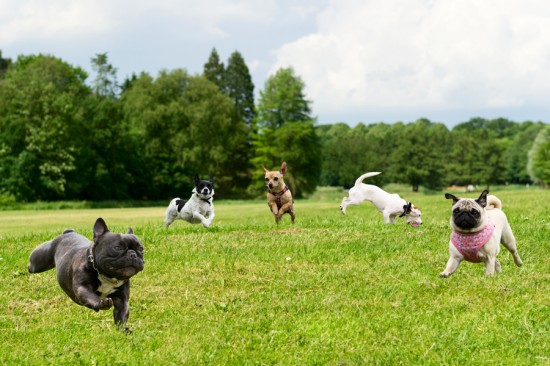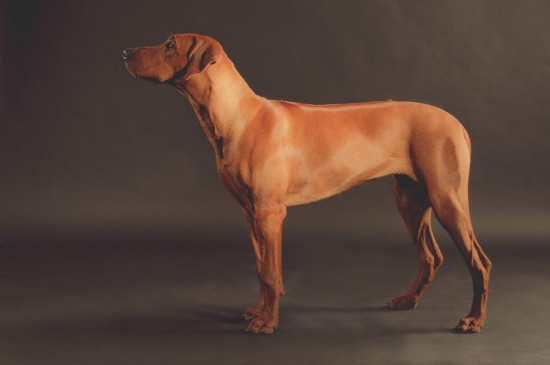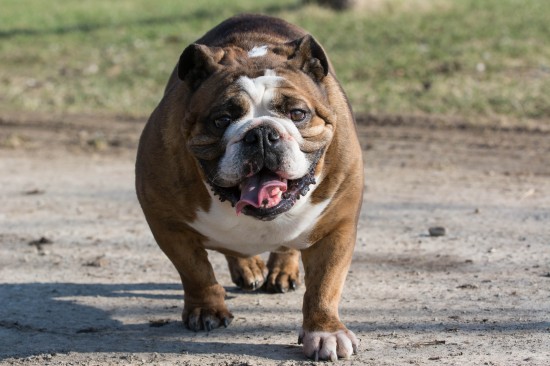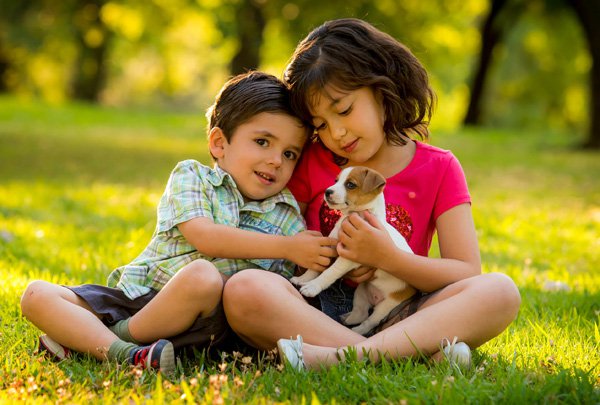In this part of my dog training guide I want to talk about chewing and how to deal with problem chewers.
The first thing to say is that dogs and puppies will always chew; it is part of their make up you might say that it is built in to their genes. Chewing helps them relax, it gives them something enjoyable to do and it feels good. Puppies chew for the same reason but in addition because they are teething and like human babies they use their mouths to investigate most things.
Chewing is not a problem in itself; the problem of course lies in what they are chewing. No one appreciates having their costly designer shoes destroyed or their expensive oriental rug shredded.
What your dog chews on depends to a large extent on you! All dogs must learn what is acceptable to chew and this lesson is best learned as a puppy.
Puppies
The first rule is never to give your puppy any of your own personal items to chew on. Always separate your 憈oys?from his toys to avoid any confusion. If you offer your puppy one of your old shoes to chew on then he will not be able to distinguish between shoes he can play with and shoes that he must leave alone. Your puppy will see all shoes as things to play with and possibly chew.
Adult Dogs
If your adult dog is chewing the wrong things or destroying your home then the root cause is usually boredom, frustration, loneliness and anxiety. By having active toys, dogs find other things to do besides chewing on your furniture. There are excellent active toys available like GoDogGo that allows your dog to play fetch on his own. Also, the infamous Kong and snack activity balls or squares allow your dog to seek out food in an active way. Finally, there are hide-a-toy plush toys where smaller toys are hidden inside one larger toy. Keeping your dog busy by using these toys will often prevent chewing on your furniture. Interestingly, very often most of the chewing occurs just before you get home. To avoid this behaviour you can train your dog to bring a toy with him to the door as you arrive. That way he will spend that time looking for the toy rather than chewing.
You can teach your dog commands like 搇eave it?or 揇rop?and tell him to stop gnawing your things. Use a spray bottle or a shaker device instead of physical punishment, which can often cause dogs to become more destructive in protest.
If your dog is chewing on himself more than your home, immediately visit your veterinarian. It could be due to a parasite or there could be underlying psychological reasons.
Finally, It is important to remember that punishment will not deter chewing, but can increase the behaviour. Redirecting and training will always be more effective. You may need to keep your dog confined with some toys for a while when you are not there to discourage chewing. Also, I recommend that you spray your furniture with chewing deterrents, like Bitter Apple, that you can buy at pet stores.
No matter what advice you choose to take about how to keep your dog from inappropriate chewing, you will find that changing your dogs chewing behaviour will take time and patience so it is better to train your puppy not to chew the wrong things from the outset.

 Puppy Socialisation : The Key To A Well-adjusted Dog
Puppy Socialisati
Puppy Socialisation : The Key To A Well-adjusted Dog
Puppy Socialisati
 Dogs Body Condition Scoring Explained
Dogs Body Conditi
Dogs Body Condition Scoring Explained
Dogs Body Conditi
 Abnormal Behaviour In Dogs Caused By Medical Disorders
Abnormal Behaviou
Abnormal Behaviour In Dogs Caused By Medical Disorders
Abnormal Behaviou
 Guidelines involving Goat fence regarding his or her conduct
Guidelines involving Goat fence regarding his or her condu
Guidelines involving Goat fence regarding his or her conduct
Guidelines involving Goat fence regarding his or her condu
 Does Your Dog Sound Different When They Bark?
Does Your Dog Sou
Does Your Dog Sound Different When They Bark?
Does Your Dog Sou